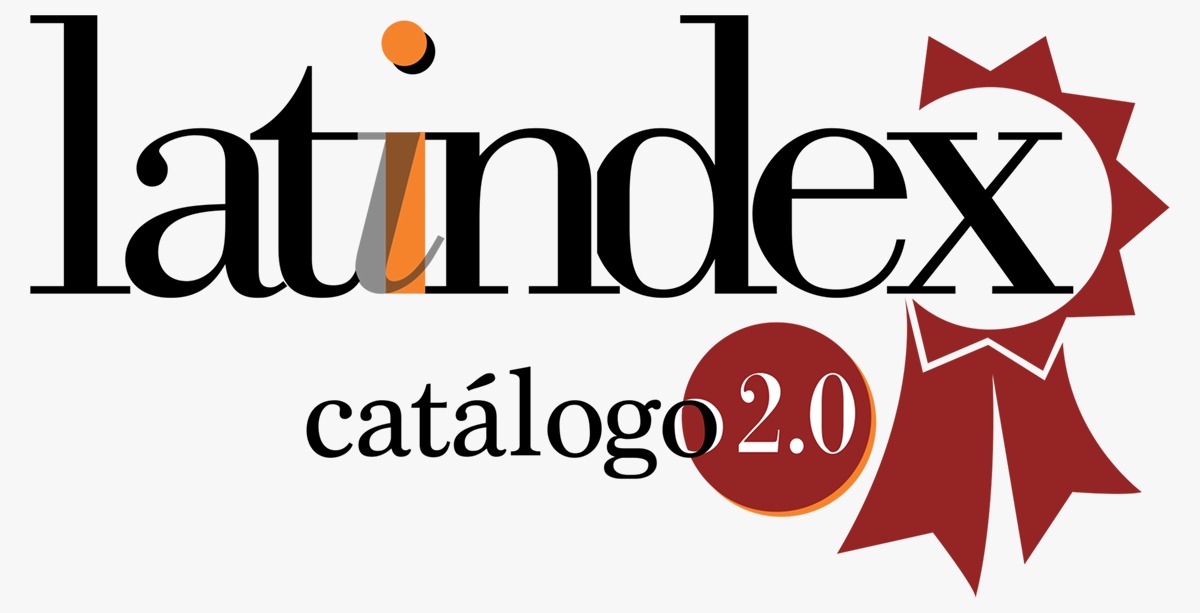Comparison of the achievement in knowledge and understanding accomplished by non-STEM students in a distance Biological Sciences course with the assistance of technology, with that obtained by students who took the face-to-face course.
DOI:
https://doi.org/10.29197/cpu.v19i37.450Keywords:
Biological Sciences Course, General Studies, “non-STEM” students, emergency remote teachingAbstract
The Science, Biotechnology, and Society course is offered to non-STEM students as part of the Natural Sciences component in General Studies. This Biological Sciences course is intended to contribute to the formation of the individual as a social entity, with a background of updated scientific knowledge that allows them to integrate and participate in the development of a dynamic society in aspects of research and technology. It seeks to carry out an active and dialogical teaching-learning process. Due to the pandemic caused by COVID-19, it has been required to offer the course in a distance mode with the assistance of technology. This has led to changes in the format and dynamics of the class, and most notably in the laboratory component. In order to know how these changes could affect the students' achievement of knowledge and understanding of concepts, topics, procedures and techniques that are discussed in class and the laboratory, the participants took a pre and posttest. This test consists of 25 items on the following topics: I Scientific Method, II DNA Structure and processes, III Recombinant DNA and transgenics, IV Stem Cells and cloning and V Fundamentals in DNA technology. The sample consists of 29 students (class section from August to December 2020 or autumn semester) and is compared with the data obtained for students who took the face-to-face course prior to the pandemic (published data). The results show significant differences between both samples of students, being that of the students in the remote course the one with the lowest achievement in four of the five topics evaluated. Possible aspects that could have affected the achievement of students in the remote teaching course are described and possible transformative actions that could contribute to better student performance in this course format are discussed.
Metrics
References
American College Health Association (2019). National college health assessment: Undergraduate reference group: Executive summary. Silver Spring, MD. American College Health Association National College Health Assessment. Retrieved February 12, 2021. www.acha.org/documents/ncha/NCHA-III_Fall_2019_Undergraduate_Reference_Group_Executive_Summary.pd
Arroyo, G. (2011). La enseñanza y capacitación en Biotecnología desde la perspectiva de la Educación General. Revista Umbral, 4, 66-78.
Ayarza-Real, C. y Arroyo-Cruzado, G. (2017). Estudiantes universitarios subgraduados “non STEM” se dedican al aprendizaje activo a través de experiencias de Biología Molecular en el laboratorio. Revista INTEC 23, 241-257.
Ayarza-Real, C., Trinidad, R. y Arroyo-Cruzado, G. (2019). Ciencia, Biotecnología y Sociedad, un curso para estudiantes “non-STEM” dentro de la Educación General: Estudio de avalúo que compara el aprovechamiento y el interés de estudiantes de primer año con el de estudiantes de mayor nivel. en Los Estudios Generales en América Latina: debates, prácticas y propuestas. pag. 251 Ediciones Mágica, San Juan, PR
Brown, K. (2001). Plantas transgénicas y ecosistemas. Investigación y Ciencia, 200, 14-19.
Eisenkraft, A. (2003). Expanding 5E model. The Science Teacher 70, 56-59.
Erlich, H.A. (1999). PCR technology. Stockton press. N. Y.
Evans, W. y Relling, M.V. (1999). Pharmacogenomics: Translating functional genomics into rational therapeutics. Science, 286, 487-491.
Gin, L. E., Guerrero, F. A., Brownell, S. E. y Cooper, K. M. (2021). COVID-19 and undergraduates with disabilities: Challenges resulting from the rapid transition to online course delivery for students with disabilities in undergraduate STEM at large/enrollment institutions. CBE-Life Sci. Edu. https://doi.org/10.1187/cbe.21-02-0028
Hodges, C., Moore, S., Lockee, B., Trust, T. y Bond, A. (2020). The difference between emergency remote teaching and online learning. EDUCAUSE https//er.educause.edu/articles/2020/3/the-difference/between-remote-teaching-and-online-learning
Informe de JLL e Invest Puerto Rico (2020). Life Sciences Manufacturing Report. Pág. 7
Kelly, S., Rice. C., Wyatt, B. y Delton, Z. (2015). Teacher immediacy and decreased student quantitative reasoning anxiety: The mediating effect of perception. Communication Education 64(2) 171-186 https://doi.org/10.1080/02626667.2018.1560449
Mir, C. (2020). Educación Virtual: “¿Estás ahí?”. Primera Hora, 22( 6233), Pag. 2
Pallarito, K. (2004), Fueling the fires of ARN interference, The Scientist 18, 18-19.
Perets, E. A., Chaveda, D., Gong, A. Z., Huang, X., Fung, T. S., Ng, K.Y., Bathgate, M. y Yan, E. C. (2020). Impact of the emergency transition to remote teaching on student engagement in a non-STEM undergraduate chemistry course in the time of COVID-19. J. Chem. Educ. 97(9) 2439-2447.
Slater, S. J., Slater, T. F. y Bailey, J. M. (2010). Discipline-based education research: scientist’s guide. W. H. Freeman and Co. 41 Madison Ave., NY.
Tellado-Domenech, R. N. (2020). Innovación agrícola para ahorrar agua. El Nuevo Día, sección Negocios, pag. 23.
Trinidad-Pizarro, R., Ayarza-Real, C., Gómez-Ortega, Ariana y Arroyo-Cruzado, G. (2020). Descripción y análisis del proceso de validación para el instrumento de medición del aprovechamiento académico, grado de interés y satisfacción de estudiantes subgraduados “non-STEM” en un curso innovador de Ciencias Biológicas del componente de Educación General. Revista Umbral, 16, 111-141
Wu, H., Qiu, S., Dooley, L. M. y Ma, C. (2020). The relationship between challenge and hindrance stressors and emotional exhaustion: The moderation role of perceived servant leadership. Int. J. Environ. Res. Public Health 17, 282
Published
How to Cite
Issue
Section
License
Unless otherwise indicated, all articles in this journal are published under a
Licencia Internacional Creative Commons 4.0 Atribución-NoComercial-CompartirIgual .
The authors retain the copyright and assign the right to the first publication to the magazine.









